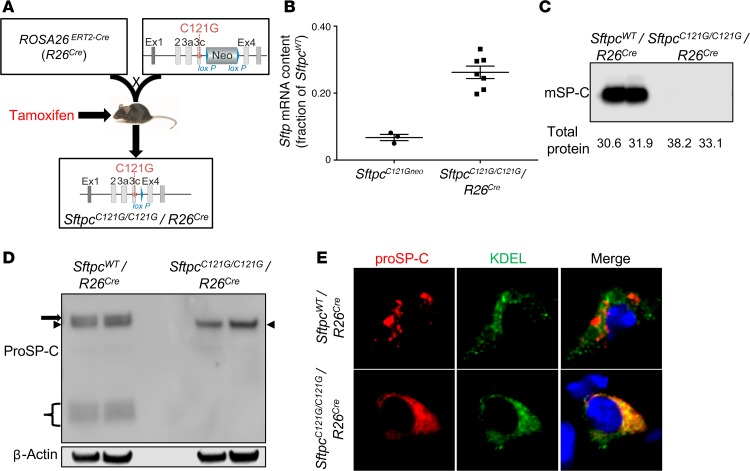Figure 3. In vivo inducible expression of the SftpcC121G mutation in adult mice causes an ER-retained SP-C pro-protein.
(A) Strategy for generation of tamoxifen-inducible mice in which tamoxifen treatment of the SftpcC121G/C121G R26Cre line results in removal of an inhibitory intronic PGK-neo cassette. (B) qRT-PCR analysis for Sftpc expression in purified AT2 cells from homozygous SftpcC121Gneo/C121Gneo and SftpcC121G/C121G R26Cre mice at 7 days after treatment with tamoxifen. Data normalized to 18S RNA are expressed as Sftpc mRNA as a fraction of SftpcWT R26Cre mice. (C) Western blotting of BALF large aggregate fraction from SftpcC121G/C121G R26Cre and SftpcWT R26Cre mice on day 7 after tamoxifen showing the absence of mature SP-C (mSP-C) in the SftpcC121G/C121G R26Cre mice. (D) Western blotting of AT2 cell lysates from SftpcWT R26Cre or SftpcC121G/C121G R26Cre mice 7 days after tamoxifen shows SftpcC121G/C121G R26Cre AT2 cells with an ER retained pro-protein (arrowhead) without posttranslational palmitoylation (arrow) or processing intermediates (brackets) observed in SftpcWT R26Cre AT2 cells. (E) Double-label immunofluorescence staining of whole lung sections for proSP-C (red) and the ER marker KDEL demonstrates reticular proSP-C staining with significant colocalization with KDEL in SftpcC121G/C121G R26Cre mice, compared with the punctate pattern of proSP-C staining distinct from KDEL observed in the SftpcWT R26Cre mice (original magnification, ×60).

